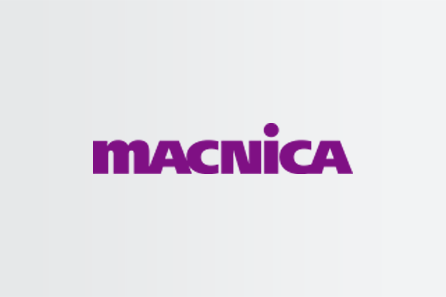In-vehicle network technology
First, let me briefly touch on in-vehicle networks. Why did in-vehicle network technology emerge?
There are probably many answers to this question, but I think that advances in electronic technology gave rise to something called an ECU, which is equipped with ICs that can withstand the reliability required in automobiles, and that in-vehicle network technology emerged and developed to enable communication between these ECUs in a cheap, lightweight, and reliable manner.
CAN is a representative in-vehicle network technology, but its appearance dates back to the 1990s. Since then, a variety of in-vehicle network technologies have appeared and are now installed in mass-produced vehicles.
The main specifications, features, and applications are as follows:
|
In-vehicle network standard name |
CAN/CAN FD |
LIN |
Ethernet |
MOST |
|
Major standards organizations |
ISO |
LIN Consortium ISO |
OPEN Alliance IEEE |
MOST Cooperation Standard transfer to ISO |
|
Bandwidth |
1M (HS CAN) 8M (CAN FD) |
20k |
100M (100BASE-T1/100BASE-TX) |
25M/50M/150M (MOST25/MOST50/MOST150) |
|
Cable Physical Layer |
UTP |
single wire |
UTP |
UTP/COAX/POF |
|
topology |
bus |
bus |
point to point star |
ring daisy |
|
data type |
control data |
control data |
Large packet data |
control data audio data video data Large packet data |
A wide variety of in-vehicle network technologies have emerged so far. is. It is said that the latest automobiles are equipped with more than 100 ECUs, including sensor nodes. In-vehicle network technology, which performs communication between these various ECUs, is used and active in the mass-produced vehicles that you usually drive, and in-vehicle network technology will continue to be an important elemental technology in the automobile industry.
Introducing MOST®
Are you familiar with the term infotainment? An automotive industry term that combines information and entertainment. More specifically, car navigation systems, radios, CDs/DVDs/BDs, and entertainment that allows you to enjoy music and videos in the back seat are collectively called infotainment. Infotainment elements are also included in the instrument cluster ECU, which uses a liquid crystal display.
MOST was introduced as a network technology targeting infotainment ECUs. At the time, core members BMW, DAIMLER, Audi, and Harman, as well as IC supplier OASIS Silicon Systems, led the development of the MOST standard. OASIS Silicon Systems, which was handled by Macnica, released MOST compatible products, but was later acquired by SMSC. Microchip, which acquired SMSC, currently handles MOST compatible products.
The MOST standard is MOST25, MOST50, and MOST150, and it is now possible to select three speed grades. In addition, the standard has been created with a different concept from in-vehicle network technology such as CAN/LIN, which targets body and powertrain ECUs, and has the following features.
- Mechanism for superimposed transmission of not only control data but also video, audio, and packet data required for infotainment
- Creating standards that include not only the physical layer but also the upper layer
- Support for a wide variety of physical layers such as POF, COAX, and UTP
MOST® Trends for Open Source AGL/ISO
Even in the automotive industry, the keyword “open source” is increasing more than before. As a background, the scale of ECUs is increasing year by year due to the installation of new technologies in automobiles, and of course, the development costs, including software, are also increasing. As in other industries, Automotive Grade Linux (commonly known as AGL) has emerged as an open source OS for in-vehicle use and is gaining momentum. INIC, a MOST controller IC, already supports AGL and follows the trend toward open source.
As for trends in standards, the MOST Cooperation has been formulating standards related to MOST one after another, but we are currently working to standardize MOST technology based on the more general ISO standards. This is proof that MOST has spread widely as an in-vehicle network technology, just like CAN and LIN were later standardized by ISO.
More than 200 mass-produced vehicles compatible with MOST25, MOST50, and MOST150 technologies have been released to the market. When the MOST25 technology-equipped vehicle was first released in 2002, the installation was conspicuous in European premium OEMs and models, but with the introduction of MOST50 technology-equipped vehicles in 2007, it has been adopted by a wide range of OEMs and models, including domestic OEMs. . The 3rd generation of MOST50 compatible products has already been released, and consideration has been given to flexible function expansion and the ability to build systems at a lower cost.
*₁ Standardized as ISO 21806-1 Road vehicles
To be continued in the next issue (First time INIC Part 2: "How to choose the best INIC")
Inquiry
If you have any questions regarding this article, please contact us below.
To Microchip manufacturer information Top
If you want to return to Microchip manufacturer information top page, please click below.

